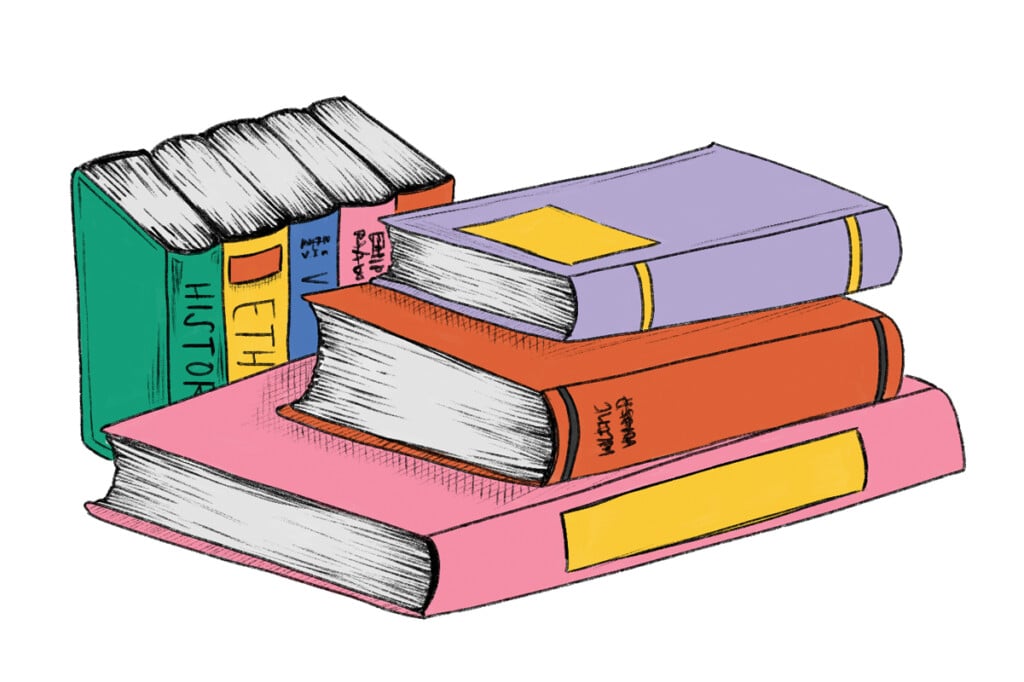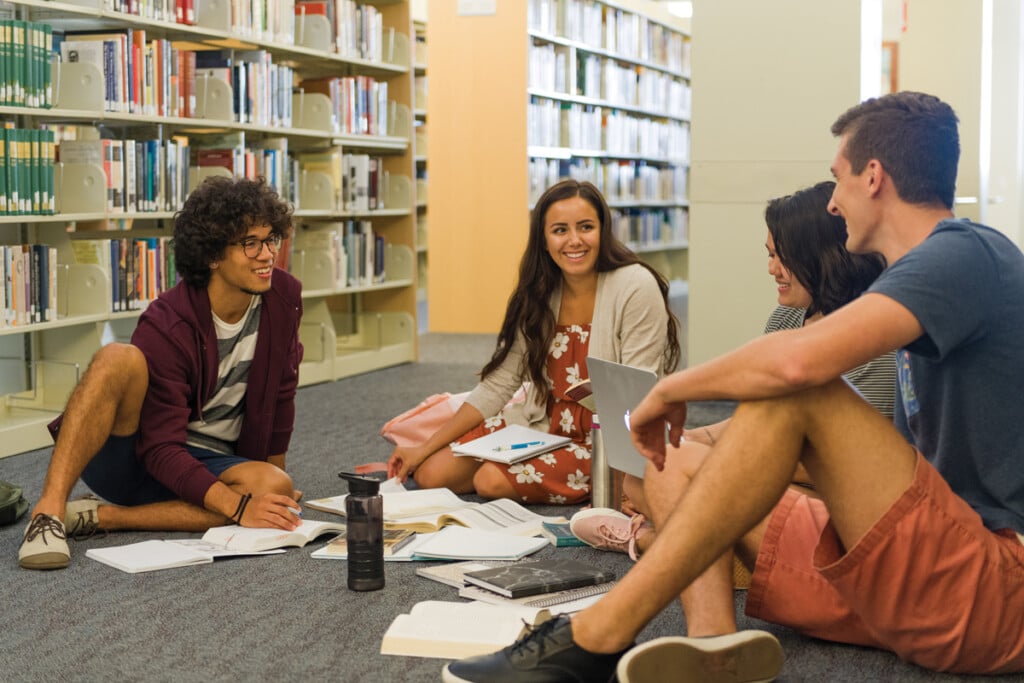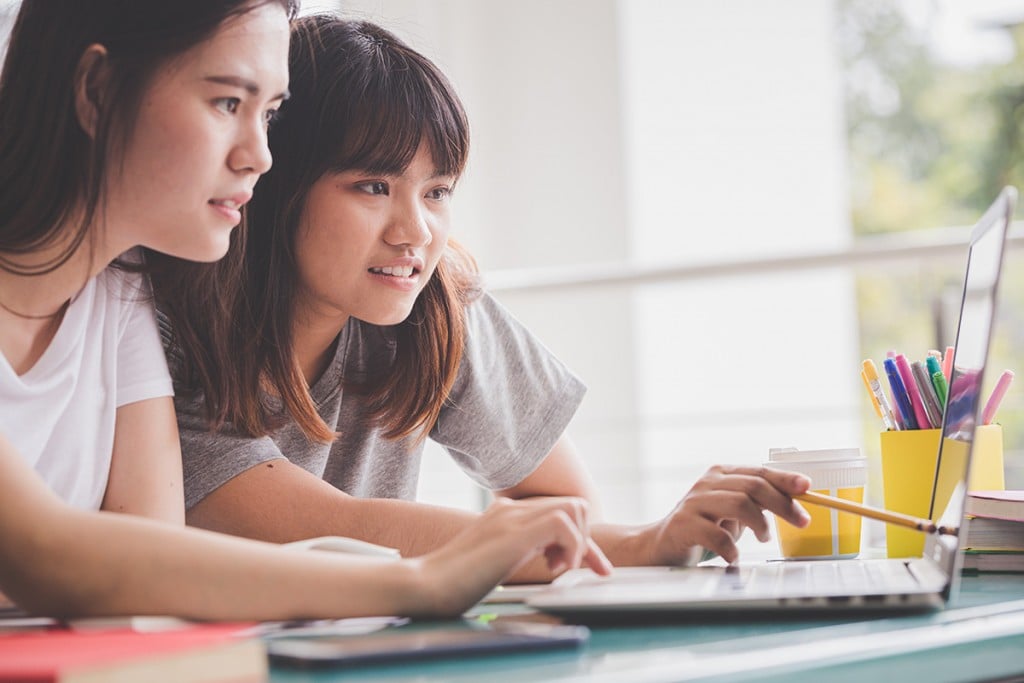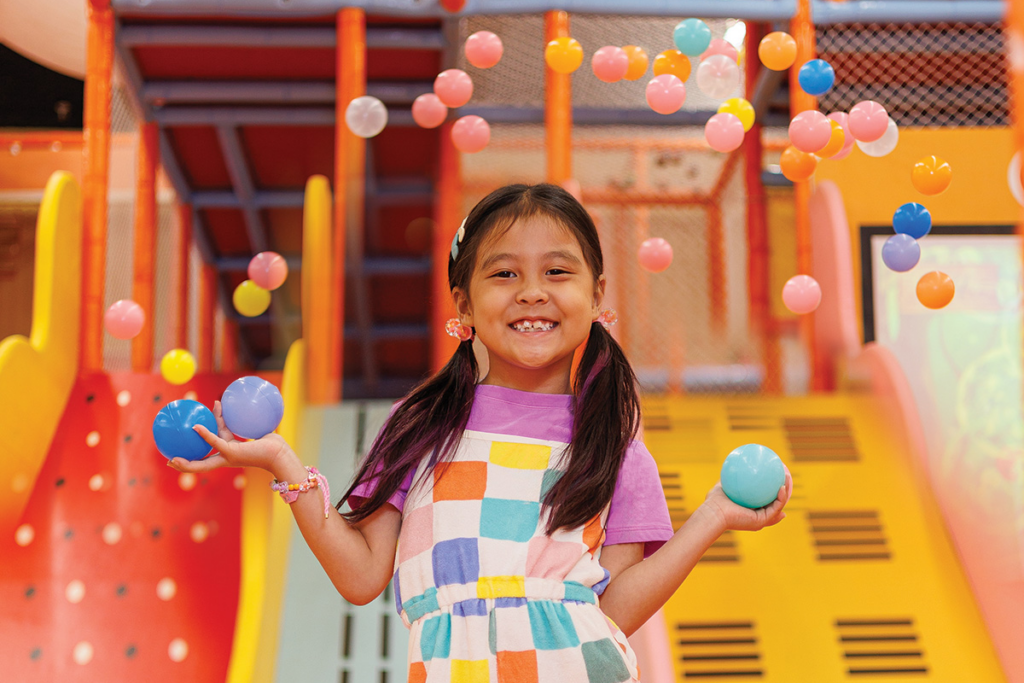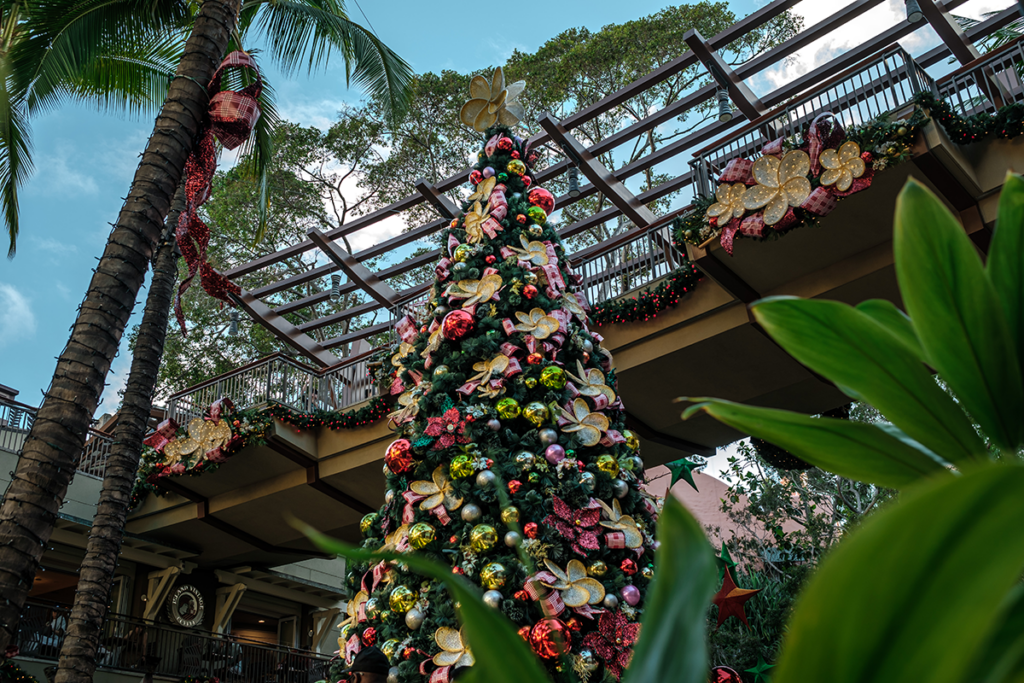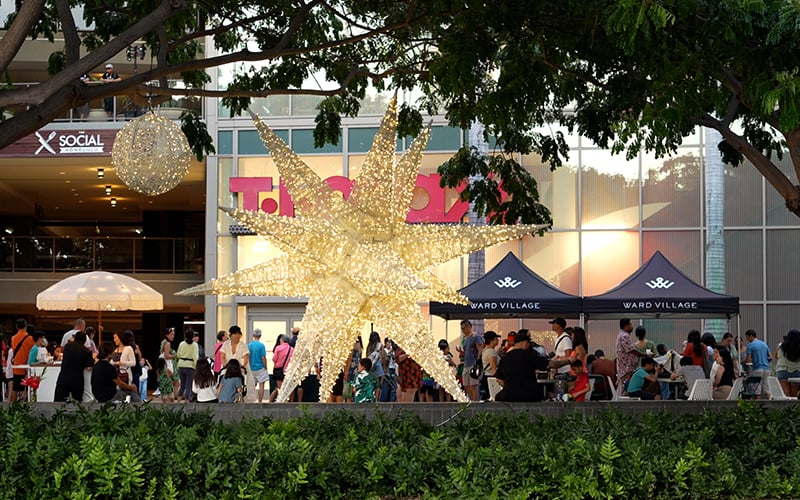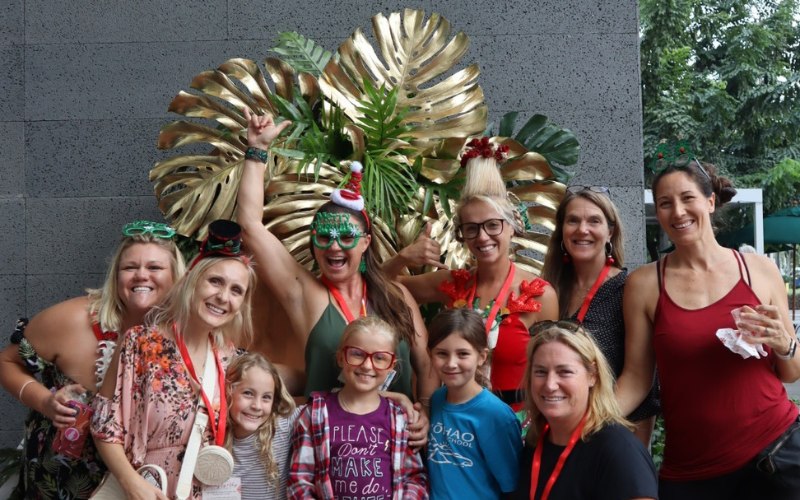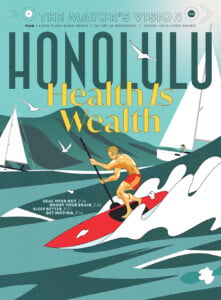Education Cheat Sheet: Learning Through the Pandemic And Beyond
Chances are you heard the word “pivot” multiple times in the past year. But which quick changes are worth keeping for parents and schools when it comes to Hawai‘i’s kids education?

Photo: Courtesy of Mid-Pacific Institute
The past year and a half has been an extraordinary journey for everyone involved in our schools. As school administrators, we are grateful for the opportunity to reflect on what we’ve learned as we have supported the students, faculty and staff who have worked so hard to make this school year, such as it was, happen. Looking back on the 2019-2021 school year (because let’s face it, the years truly just bled into one another) there are some lessons learned from navigating this new terrain that we do hope will stick as we plan for school year 2021 and beyond.
Learning happens together
This year provided remarkable (if sometimes frustrating) opportunities to be present in our children’s learning in new ways, both as family members and as teachers. All of a sudden, we were in each other’s living rooms or kitchens, blurring the lines between home and work. “Distance learning” gave us intimate glances into other parts of our lives: a dog barking, an interesting poster from your child’s favorite band on the wall were the seeds of connection that reminded us we are people, together in all this. With school now happening at the dining room table, parents were given a rare view inside the classrooms, even if it was while they balanced working full-time from the other side of the table. The insight let parents play an active role, so they could ask deeper questions about their childrens’ days, inquire about their work and engage in conversations about what they were learning. For teachers, it meant trusting parents as partners on the journey.
Learning happens everywhere
Just as we hope that the family will play a larger and more valued role in education moving forward, so should learning that occurs off campus. During the stay-at-home order, students were forced to use materials and ideas generated at home. Even with limited resources, they produced amazing work and some were more engaged than ever before. Educators learned that rich and engaging learning can occur virtually, blended or on our physical campuses. Moving forward, we hope that teacher professional development focuses on how to design dynamic virtual, blended and face-to-face projects and classes so that students can utilize the mode of learning that works best for them. We hope that school and teacher schedules evolve to support learners agnostic of the platform (without teachers having to teach three ways at once) and that we remember that virtual learning and place-based learning are great partners.
See also: ✏️ Education Cheat Sheet: New Roles for Parents and Children in New Forms of Learning
Learning the way we live
Even prior to the pandemic we all lived in a world in which technology played a major role in our lives. Now we can finally recognize that schools should also enable rich integration of technology into kids learning and collaboration with peers and teachers. Assessments also became far more creative over the pandemic as students had to “show” their learning from afar and apply their skills often within the confines of their own home or community. We hope that place-based learning, internships and other community-based experiences that result in authentic projects and assessments of learning continue to be valued.
Learning what matters most
In the exhausting and productive space of this innovation by necessity, teachers had the opportunity to deeply and critically examine the questions—what really matters? What are the critical learning outcomes that my students must have this year? As we were forced to redesign the school day, and blur the lines between what happened “in class” and “out of class,” we designed and redesigned curricula with intention. We moved (or were torn) away from “the way we have always done it” because that often wasn’t possible. And the benefit of these challenges was that we were forced to design towards what matters most; hat do we need students to learn and how can we get them there within these constraints. (Online, no in-person interaction, no shared materials, the limits were endless!)
The pandemic also put into stark relief the importance of social-emotional learning as we were forced to focus on health measures that we never could have imagined pre-pandemic, it required us see that wellness really is a foundation of learning, and in the absence of physical and emotional wellness, learning can’t happen. On any given day, the question: “How are you doing, really?” might be a far more important question than “Who fought at the battle of Antietam?”.
Learning to care/Are we caring for ourselves and each other
The pandemic illustrated, without question, that we must focus on the physical, emotional and psychological health and wellbeing of ourselves and our students before any true learning and engagement can occur. As teachers and school leaders design their programs for next year, continued focus on the integration of social-emotional learning into every lesson and project must be a focus. Everyone connected to education has suffered some sort of pandemic-related trauma, thus making the emergence of trauma-informed practice in education paramount to the future success of students and teachers alike. We hope that schools will prioritize resources to support increased counseling services for their entire communities and allocate time and the training of teachers and support staff in these essential practices.
See also: 💻 The Best Free Subscriptions for Learning At Home
Learning to be brave, not perfect
From the early days of 2020, like most industries on the planet, school leaders have been innovating and iterating at a breakneck pace. Previously unexplored concepts like, rapid antigen testing, and HVAC systems are now part of our day-to-day vocabulary. While school leaders have long been encouraged to “break down walls,” and “reinvent education,” this past year provided a crash course in doing just that. If we were hesitant about rapid change prior to the pandemic, this year provided so many opportunities to try new things and to continue to build upon hunches or good ideas. It has been a year (plus!) of tremendous learning for all of us!
Learning was not lost
As always is the case, it is impossible and unproductive to generalize about what learning looked like for all of Hawai‘i’s students this year—there is, of course, an enormous range. And we know that while there is a pervasive narrative about learning being lost, we choose to feel optimistic about our next steps in support of our keiki. This is not a lost year; it is a year that has challenged, stretched and strengthened us and our educational institutions. We are different now. We are better: more nimble, more creative, more confident in our abilities to care for our children and each other in the face of extraordinary hardship. We learned that we can build and rebuild the shape of school and that we can endure. We find hope in the fact that our children are heroically resilient, and they will take what they have learned this year and put one foot in front of another towards their futures.
Emily McCarren is the Academy (High School) principal at Punahou School. She holds masters degrees from St. Louis University’s Madrid campus and Columbia University and earned a Ph.D. in Learning Design and Technology from the University of Hawai‘i Mānoa.
Leigh Fitzgerald is the vice president of Academic Affairs of Mid-Pacific Institute. After graduating from Brown University and earning her master’s degree from Harvard University, she has spent the past two decades working with public, private and charter schools to build more effective learning communities.

